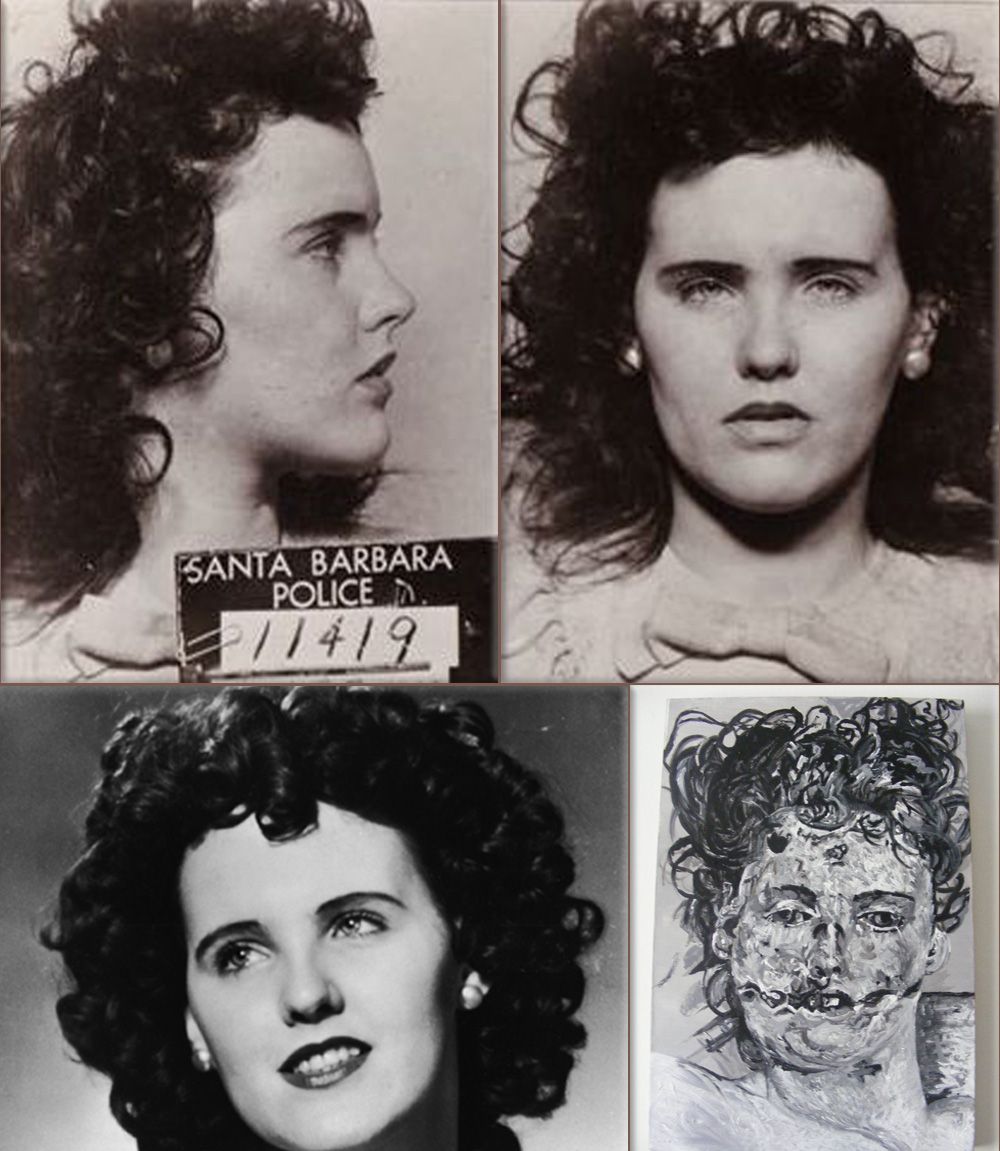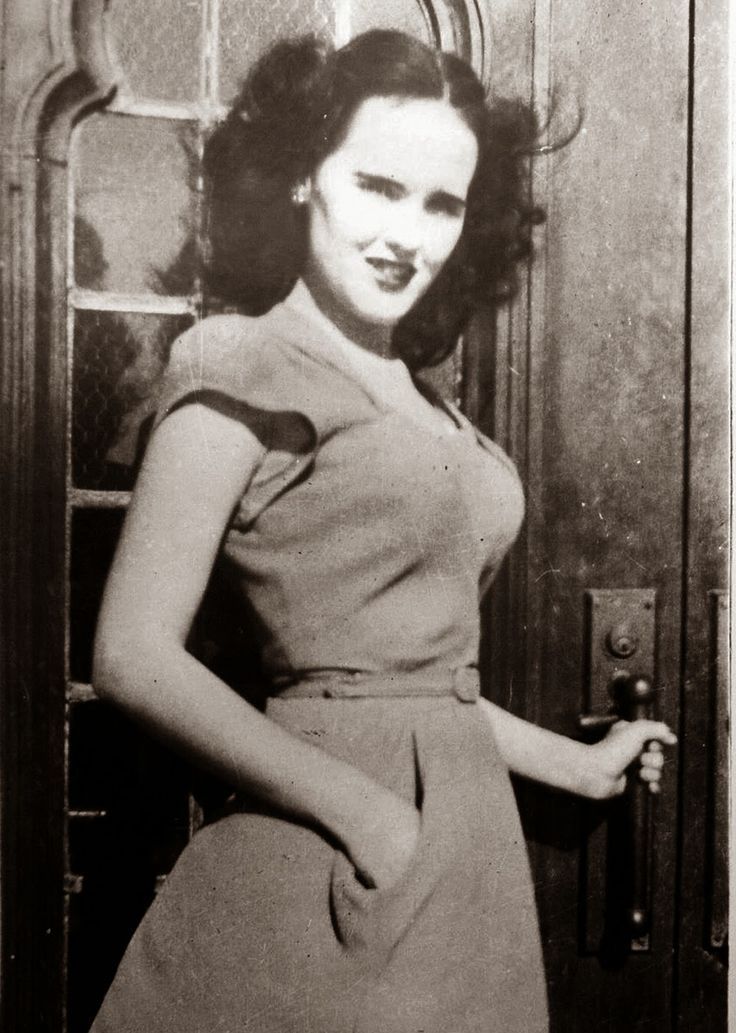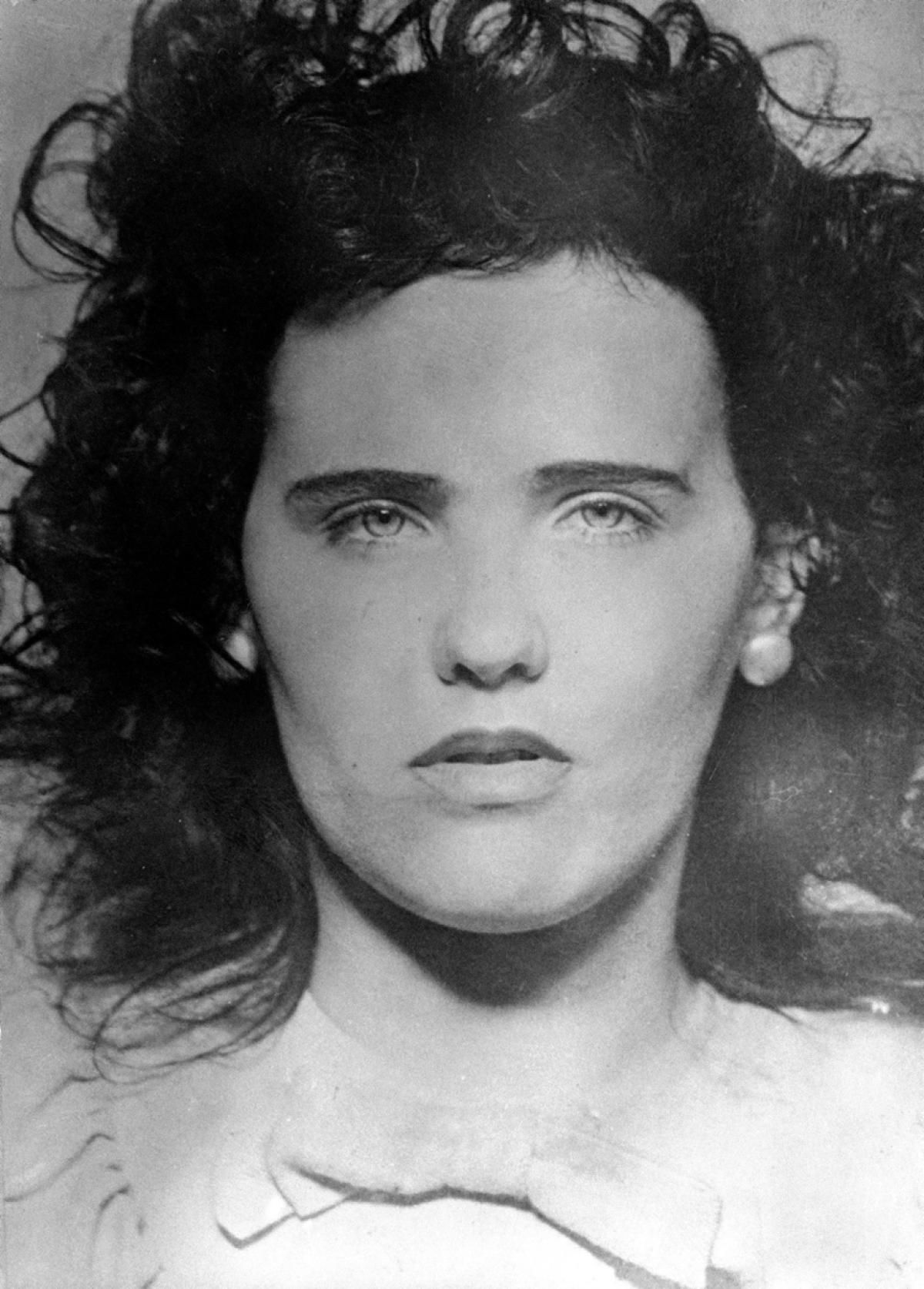There’s a story that’s been haunting the annals of history, one that revolves around a name that sends chills down the spine of true crime enthusiasts worldwide: Elizabeth Short. Known as the "Black Dahlia," her tragic story is not just a murder case; it’s a cultural phenomenon that has captured the imagination of millions. Her life, death, and the unanswered questions surrounding her case have left an indelible mark on history. Today, we’re diving deep into the life of Elizabeth Short, exploring her world, and unraveling the layers of mystery that shroud her legacy.
Elizabeth Short wasn’t just another victim. Her story is a blend of tragedy, fascination, and unanswered questions. The world remembers her not just for the brutality of her death but also for the enigma that surrounds her case. This is more than a true crime story—it’s a tale of human vulnerability, the fragility of life, and the haunting nature of unsolved mysteries.
So, buckle up. We’re about to take a deep dive into the life, death, and enduring legacy of Elizabeth Short. This isn’t just a story; it’s a journey through time, crime, and the complexities of human existence. Let’s go!
Read also:Damian Hardung The Rising Star Whorsquos Turning Heads
Table of Contents
- Biography: Who Was Elizabeth Short?
- Early Life and Background
- Why Was She Called the Black Dahlia?
- The Mysterious Death of Elizabeth Short
- The Investigation and Unsolved Mystery
- Cultural Impact and Legacy
- Conspiracy Theories Surrounding the Case
- Modern-Day Relevance of Elizabeth Short's Story
- Psychological Analysis of the Crime
- Final Thoughts: The Eternal Mystery of Elizabeth Short
Biography: Who Was Elizabeth Short?
Elizabeth Short was born on July 29, 1924, in Boston, Massachusetts. She was a young woman with dreams, aspirations, and a life cut tragically short. Known primarily for her untimely death, Short’s life is often overshadowed by the morbid details of her murder. But who was she beyond the headlines? Let’s delve into her biography and uncover the woman behind the name.
Elizabeth was a beauty with a mysterious allure, and her life was filled with twists and turns. From her early years in Massachusetts to her final days in Los Angeles, Short’s journey was anything but ordinary. Her story is one of ambition, struggle, and ultimately, tragedy. But before we dive into the darker aspects of her life, let’s take a look at her early years and the events that shaped her.
Early Life and Background
Elizabeth Short’s early life was marked by a series of challenges and triumphs. She was the third of five daughters born to Cleo and Phoebe Short. Her childhood wasn’t without its difficulties; her father abandoned the family when Elizabeth was just a child, leaving a lasting impact on her life. This early trauma would shape her personality and influence her future decisions.
During World War II, Elizabeth moved around frequently, living in various parts of the United States. She worked as a waitress and tried to make a living in different cities. Her life was filled with ups and downs, but she always seemed to be searching for something more. Her aspirations were high, and she dreamed of a better life in Hollywood. Unfortunately, her dreams were never realized, and her life ended in a brutal and shocking manner.
Why Was She Called the Black Dahlia?
The nickname "Black Dahlia" was given to Elizabeth Short by the press shortly after her murder. The name was inspired by a 1946 film called "The Blue Dahlia," which was popular at the time. The press used the term to sensationalize her case, turning her into a symbol of mystery and intrigue. But why "Black"? Some speculate that it was due to the dark nature of her murder, while others believe it was simply a play on words to create a catchy headline.
Whatever the reason, the name stuck, and Elizabeth Short became forever known as the Black Dahlia. It’s a title that has both haunted and fascinated people for decades. The nickname adds an almost mythological quality to her story, turning her into more than just a victim but a symbol of unsolved crime and human tragedy.
Read also:Waylon Jennings Family Tree A Deep Dive Into The Roots Of A Country Legend
The Mysterious Death of Elizabeth Short
On January 15, 1947, the body of Elizabeth Short was discovered in a vacant lot in Leimert Park, Los Angeles. Her death was nothing short of horrific. She had been brutally mutilated, her body severed at the waist, and her face grotesquely slashed. The crime scene was a chilling sight, one that would haunt investigators and the public for years to come.
What made the case even more disturbing was the fact that Elizabeth’s face was frozen in a grimace, with her mouth cut from ear to ear in what’s known as a "Glasgow smile." The brutality of the crime was matched only by the mystery surrounding it. Who could have done such a thing? Why? And most importantly, would the killer ever be caught?
The Investigation and Unsolved Mystery
The investigation into Elizabeth Short’s murder was one of the largest in Los Angeles history. Detectives worked tirelessly to uncover clues, interview witnesses, and piece together the events leading up to her death. Despite their efforts, the case remains unsolved to this day. Over 50 suspects were identified, but none were ever charged.
The investigation was plagued by false leads, misinformation, and a media circus that complicated the process. The press coverage was intense, with reporters speculating wildly about the identity of the killer. This created a chaotic environment that hindered the investigation’s progress. Even with modern technology and forensic advancements, the case remains a mystery, a testament to the complexity and brutality of the crime.
Cultural Impact and Legacy
Elizabeth Short’s murder had a profound impact on American culture. It became a symbol of the darker side of the American Dream, a reminder of the fragility of life, and the dangers lurking in the shadows of urban life. Her case inspired countless books, films, and documentaries, cementing her place in the annals of true crime history.
The Black Dahlia’s story has resonated with people for decades, inspiring everything from noir fiction to psychological thrillers. Her name is synonymous with mystery and tragedy, and her case continues to fascinate new generations of crime enthusiasts. Elizabeth’s legacy is one of enduring mystery, a reminder of the unsolved crimes that haunt our collective consciousness.
Conspiracy Theories Surrounding the Case
Over the years, numerous conspiracy theories have emerged about Elizabeth Short’s murder. Some suggest that the crime was the work of a serial killer, while others point to a jealous lover or a random act of violence. One theory even suggests that Elizabeth was involved in the Hollywood underworld, making her a target for those she crossed.
Despite the multitude of theories, none have been proven, and the case remains unsolved. The lack of concrete evidence and the passage of time have only added to the mystery, fueling speculation and intrigue. For many, the allure of the Black Dahlia lies in the unanswered questions that surround her death.
Modern-Day Relevance of Elizabeth Short's Story
In today’s world, Elizabeth Short’s story continues to resonate. It serves as a reminder of the importance of justice, the need for closure, and the impact of unsolved crimes on society. Her case highlights the challenges faced by law enforcement in solving complex crimes and the lasting impact such cases have on families and communities.
The Black Dahlia’s story also raises important questions about media coverage and the role of the press in true crime cases. The way her murder was sensationalized by the media set a precedent for future crime reporting, influencing how such stories are covered today. Elizabeth’s legacy is one of tragedy and mystery, but it also serves as a call to action for justice and accountability.
Psychological Analysis of the Crime
From a psychological perspective, Elizabeth Short’s murder is a complex and disturbing case. The brutality of the crime suggests a level of psychopathy and a lack of empathy on the part of the killer. Forensic psychologists have speculated about the motives behind such a crime, suggesting that the killer may have had a deep-seated hatred of women or a desire to control and dominate his victim.
The mutilation of Elizabeth’s body and the specific nature of the wounds inflicted suggest a meticulous planning and execution, indicating a methodical and calculated approach. This type of crime is often associated with individuals who have a distorted sense of reality and a need for power and control. The psychological profile of the killer remains elusive, adding to the mystery of the case.
Final Thoughts: The Eternal Mystery of Elizabeth Short
Elizabeth Short’s story is one that will continue to captivate and haunt us for generations to come. Her life, though short, was filled with dreams and aspirations, and her death was a brutal reminder of the fragility of life. The mystery surrounding her murder has left an indelible mark on history, inspiring countless works of fiction and non-fiction.
As we reflect on her legacy, we are reminded of the importance of justice, the need for closure, and the impact of unsolved crimes on society. Elizabeth’s story is a call to action, urging us to seek answers, demand accountability, and strive for a world where such tragedies are a thing of the past. So, let’s honor her memory by continuing to seek the truth and by never forgetting the lessons her story teaches us.
What do you think about Elizabeth Short’s story? Do you have any theories about her case? Share your thoughts in the comments below and help keep the memory of the Black Dahlia alive.



